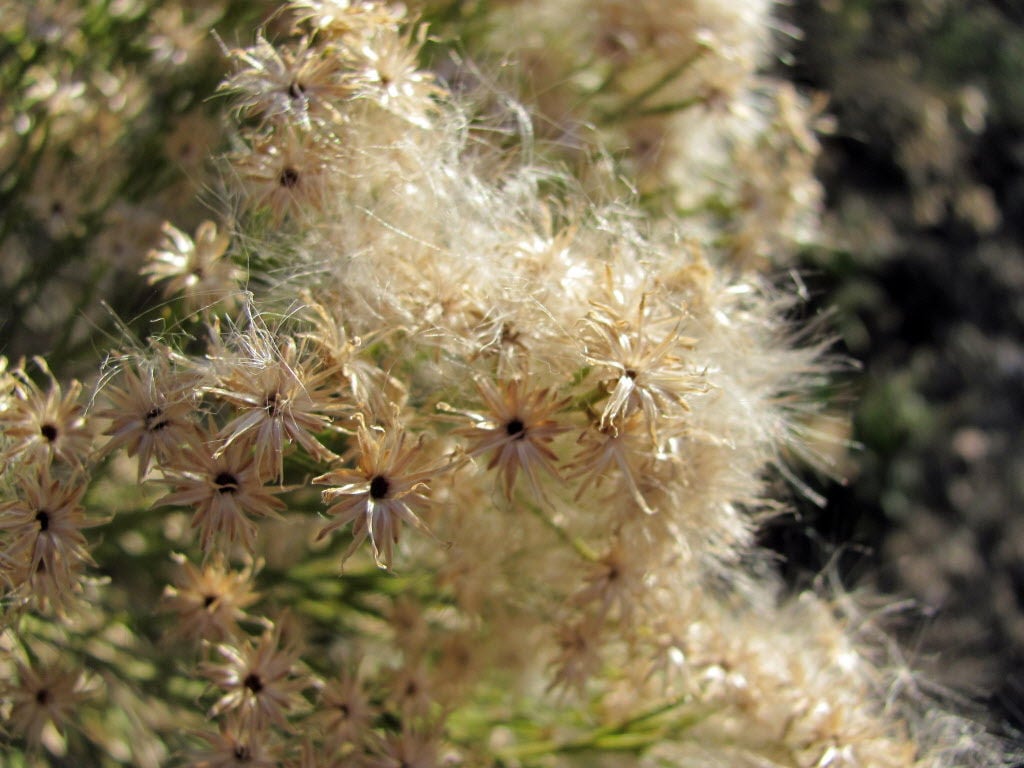Question: What can I use to finally get rid of these stubborn desert broom weeds once and for all?
Answer: Desert broom (Baccharis sarothroides) is typically seen as an invasive native shrub but opinions differ on its status as a weed or just part of the desert flora. The phrase “invasive native” seems like an oxymoron but this plant has a habit of moving into disturbed areas as new construction or other changes to the desert soil occur, so it is certainly an opportunistic native plant. My predecessor, George Brookbank, has written that it can be used as a hedge because it can reach 10 feet in height and is almost always green. It also provides habitat for birds and other organisms.
There are cultivated varieties used in landscape plantings that are prostrate in form. Even these are reported to revert to the native species when they reseed. The way to get rid of them is to use an integrated approach. Since they propagate by wind-blown seed, you will start to see new seedlings in the spring. Pull these up as you find them. Once they become established their roots go deep and are harder to remove. Mature plants can be cut down near the soil surface. Spraying or painting the freshly cut stump with glyphosate herbicide may stop the regrowth. If it comes back from the stump, spraying the new green growth with the same herbicide will allow the active ingredient to translocate to the root zone, where it may kill the plant. Repeated applications may be necessary.
There is no way to eradicate these plants; we can only hope to contain them as landscape plants or manage them away from desired locations. As with any pesticide, make sure you read the label before you apply and follow all safety precautions listed to protect yourself and the environment.
Peter L. Warren is the urban horticulture agent for the Pima County Cooperative Extension and the University of Arizona. Questions may be emailed to plwarren@cals.arizona.edu.





